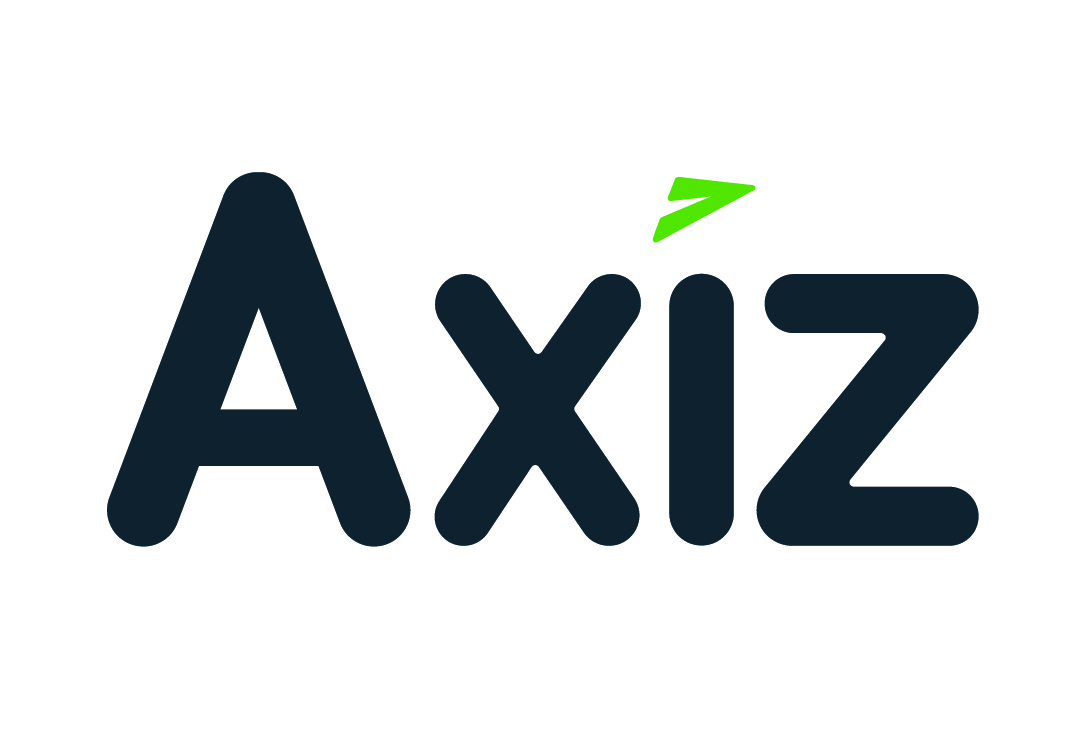IT systems of all types are being tested at the moment, partly because of the COVID-19 pandemic’s impact on how we work today. Backup and recovery (B&R) solutions were already under pressure as data volumes kept growing. But under the current circumstances, many companies are taking their B&R concerns even more seriously. Some are prompted by the additional pressure of providing company resources to remote-working employees, and others are looking at ways to keep costs down while ensuring their data is taken care of.
“Data is everywhere and was already growing at an exponential rate before the pandemic,” said Jaco Isaaks, Axiz’s Presales Engineer for Micro Focus. “The pandemic will see a data increase in the need for additional storage capacity as more and more data is being generated, especially with the number of employees across the world working online from home. Storage providers are working hard to keep up with high availability and data protection requirements.”
COVID-19 is not having a big direct impact on backup and recovery needs, but remote working and disruption of IT estates are generating additional demands for data management and usage. B&R is not only about securing data from disaster. It is also a vital component to ensure data availability. As companies keep their workforces online, B&R has become a crucial conversation topic. As mentioned earlier, cost is also a concern because of rising data volumes, as well as the additional bandwidth needed to ferry files between employees and servers.
To cloud or not to cloud?
For this reason, cloud backups are growing in popularity, said Isaaks: “More and more organisations are adopting a cloud strategy for the number of services it provides, including cloud backup or DRaaS [disaster recovery as a service]. Some of the benefits of cloud backups are that there is no need for backup infrastructure; it requires minimal IT resources to manage it because of cloud automation capabilities, and it employs a usage-based pricing model.”
But most businesses can’t throw everything onto the cloud. It’s not always the best way to manage data, and the related costs can quickly balloon if the volumes become too large or are poorly managed. A key reason why companies fall into this trap is that they don’t know their data well and thus don’t create a good B&R strategy that suits their needs.
“I believe the main thing that organisations occasionally overlook is knowing what type of data or information they have and where this data is located. There are various tools available that allow you to manage your data more effectively by identifying, managing, archiving and deleting relevant data, which in turn can help organisations to minimise the amount of data they need to manage. By understanding their data, it will allow customers to drastically reduce the amount of storage requirement, as well as at the same time complying with the different regulation and compliance rules.”
Good B&R in 3-2-1
Lacking a coherent strategy also leads companies to ignore the 3-2-1 rule: Keep three copies of your data, storing two backups on different media, and keeping one copy offsite.
“The 3-2-1 rule is considered one of the best strategies, and organisations adopting such a strategy cannot go wrong. The problem arises in the initial planning of such a strategy. Organisations need to properly plan and document certain criteria when implementing such a strategy. For example, what the RTOs (recovery time objectives) and RPOs (recovery point objectives) will be to ensure that even an offsite copy allows them to recover to the latest most recent backup.”
A generic cloud-based B&R solution is unlikely to fulfil the needs of this rule, which is why one shouldn’t ignore the potential of disk and tape storage systems. Again, strategy comes into play here, because a B&R solution can incorporate different storage solutions to reach the specific outcomes of respective businesses. As COVID-19 adds more pressure onto backup systems, a clear strategy and knowledge of data assets are not requirements anyone can afford to ignore.
Even the cloud itself is not a uniform proposition. Cloud B&R solutions vary tremendously, including whether a solution can be orchestrated remotely, offered as a managed service, or a juggle of workloads between different cloud vendors.
“Businesses are following advice from experts in the field to ensure their data and business are optimally protected. Remote management and restoration makes sense, with data being stored at a different or offsite location, and we will see an increase in the adoption of this approach.”
COVID-19 has not upended the backup and recovery market. But it is adding pressure to what is already a demanding priority for organisations. The rapid reconfiguration of workplaces is adding to the stakes of getting things right, right now. Fortunately, companies have options to explore and shouldn’t just settle on generic solutions. Look at strategy, apply the 3-2-1 rule, and talk to B&R services providers to get the best fit during a rough time.
Share
